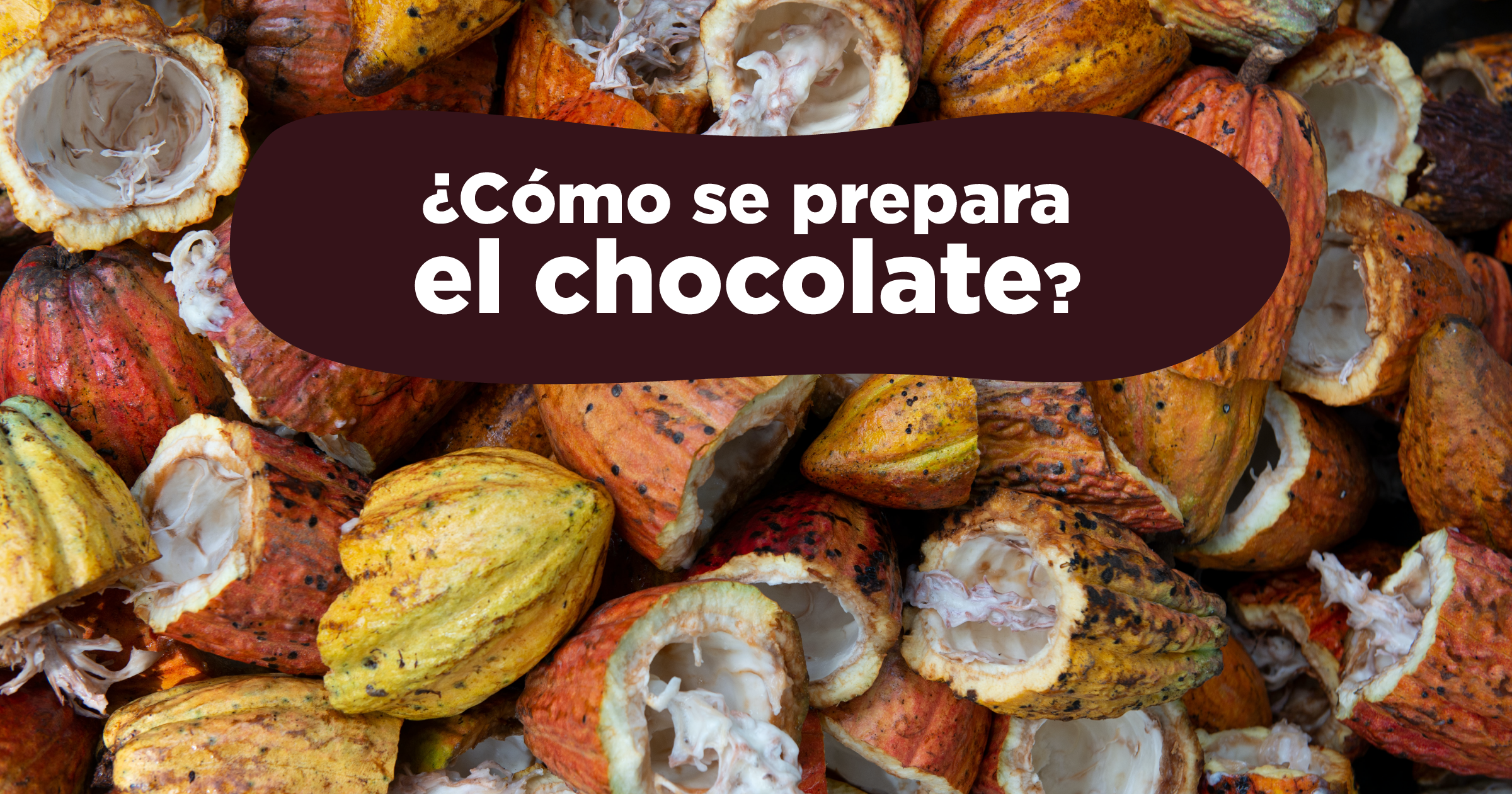From the time the cocoa is harvested until it becomes the ready-to-buy chocolate as we know it, there is a long process. Unfortunately, to reach this point, there are many variables that do not always meet the desired ethical and sustainable safeguards.
REASONS TO BUY FAIR TRADE CHOCOLATE
The growing demand for buy chocolate not only poses a risk to environmental sustainability through deforestation in some parts of the world, but has also worsened conditions for cocoa workers in some parts of the world.
Cooperatives in the global south
At AlterNative3 We buy cocoa in Central America, South America, Asia and Africa, where, unfortunately, there are countries where human rights are not respected: children are exploited and women are forbidden to own land in their own name.
Precisely in order to fight against this reality, we understand that Fairtrade cocoa goes through cooperatives. Through these platforms, all farmers can sell their cocoa at a fair price, defend their rights and improve the living conditions of their communities.
Buy chocolate from fair trade is one of the choices that, as consumers, can make a difference.
As you can see, at AlterNativa3 we take very much into account the living conditions of the people who produce the product, who work with care to make the food we eat available to us. Do you know how to go from cocoa to chocolate?
FROM COCOA HARVESTING TO CHOCOLATE TEMPERING.
The cocoa pickers are guided by the yellow colour of the pod to find the best time to harvest. They also listen to the sound the inside of the pod makes when it is lightly tapped with a machete.
There are many people involved from the time the cocoa is harvested until the chocolate arrives ready to buy.
The transformation process
Once the pod is broken, the seeds and mucilage are obtained, a sweet and sour-tasting cottony coating containing the necessary components for fermentation to take place. This is produced with the raw material wrapped and in the shade, after a few days the sugars and starches decompose into acids or alcohol.
After fermentation comes the dryingThe seeds are placed in the sun and moved with a rake to ensure that they dry evenly.
The next step is the roastingwhich will intensify the colour and flavour of the selected cocoa beans. The temperature chosen will depend on the type of bean and the desired end result.
The taste of raw cocoa is very bitter and astringent. Conching improves the taste and texture of the chocolate.
After husking the grains, the seeds are crushed. The milling can take several hours and requires a constant temperature. This process produces the pure cocoa mass - also called cocoa liquor - which, mixed with cocoa butter and other elements, is used to make the cocoa mass, produces chocolate.
The mixture obtained goes through a process called conching. It is now that the acidity and bitterness are removed and the cocoa paste is refined, which contributes to its final quality and smoothness.
Finally, the tempered The cocoa butter contained in the chocolate is crystallised.
The present and the future we want: sustainable and Fairtrade chocolate
At the Fourth World Cocoa Conference in 2018, it was denounced that "Too many cocoa farmers continue to live in poverty. Deforestation, child labour, gender inequality, human rights violations and many other challenges are a daily reality in many cocoa regions"..
Governments must ensure transparency throughout the process: sustainable production must be accompanied by traceability of the supply chain.
The lines of action proposed were clear: governments must commit and legislate to guarantee the rights of children and adolescents. human rights and the elimination of child labour. Farmers should be provided with tools for their economic development.
This conference also pointed to the need for the production is sustainable. We must not forget that cocoa grows under shade, protects the soil from erosion and prevents logging and burning. However, the high global demand has led to a deforestation of large natural areas that could have devastating consequences:
* Disruption of the water cycle
* The loss of ecosystems
* Desertification
* The danger of global climate change
The importance of end consumers
For this whole process to be as ethical and sustainable as possible, the end consumer is of paramount importance.
It is no exaggeration to say that the responsible and sustainable consumers Fairtrade cocoa
- help to improve conditions for cocoa farmers and all workers involved,
- grow the local economy and
- protect areas at risk of deforestation.
And, not only that, we're delighted to tell you that it has never been more delicious to be responsible!

